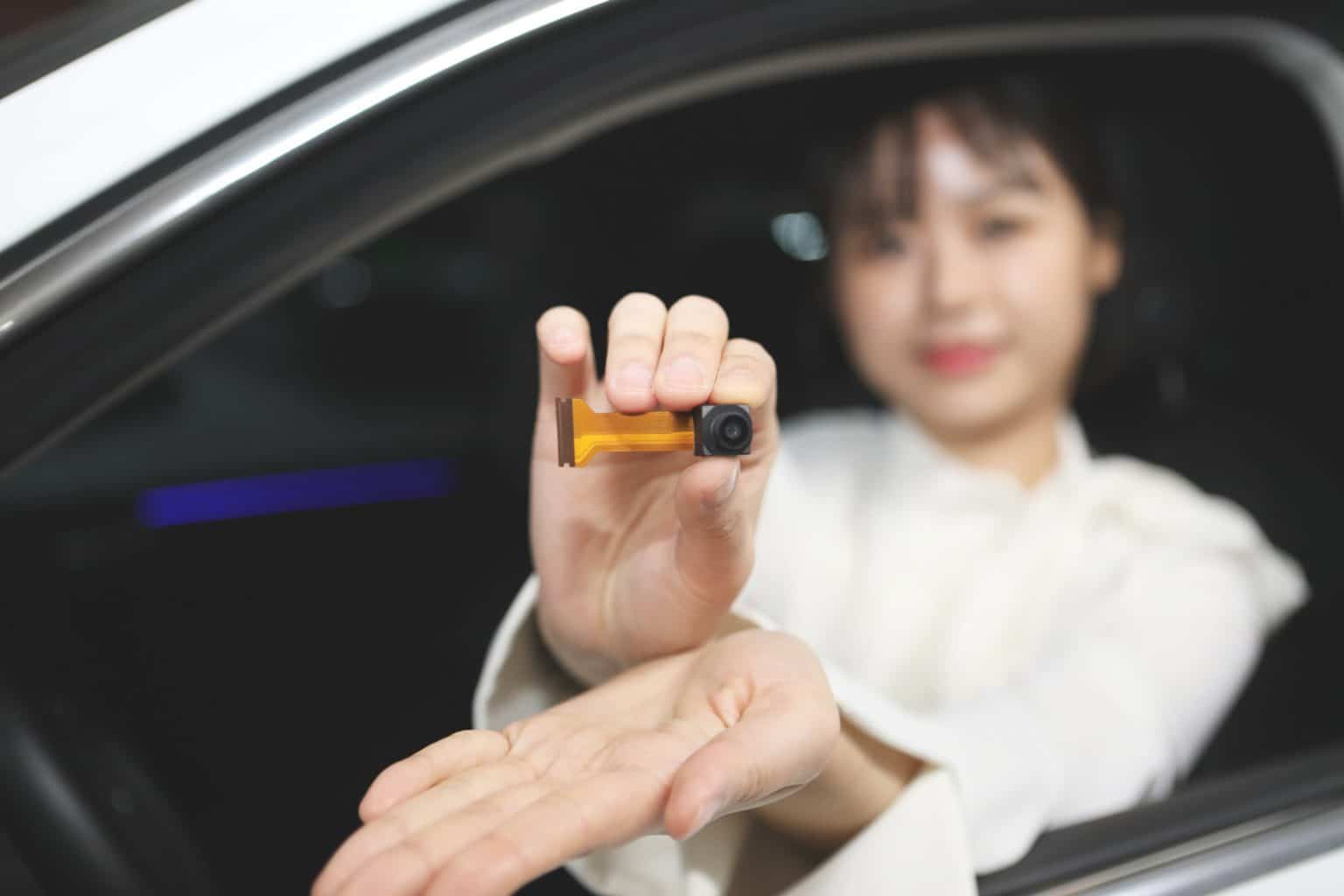LG Innotek has unveiled its new “Automotive RGB-IR In-Cabin Camera Module”, a cutting-edge technology designed to enhance vehicle safety and passenger monitoring. The module, which features a five-megapixel RGB (red, green, blue) and IR (infrared) sensor, will be a key component in advancing in-cabin monitoring systems for both autonomous and traditional vehicles.
The RGB-IR camera module, which can be installed in various locations inside the vehicle, including the rearview mirror or above the passenger seat, can monitor the condition of both drivers and passengers. It is capable of detecting signs of driver drowsiness or distraction, as well as checking if seat belts are fastened in both the front and second rows. As safety becomes a key focus in the automotive sector, this new technology will play an important role in the future of autonomous driving.
In particular, the development is in line with regulations that will soon mandate the installation of Driver Monitoring Systems (DMSs) in vehicles. Starting in 2025, Europe will require the inclusion of DMSs, with other major markets, including the United States and Japan, expected to follow suit. As a result, automakers worldwide are increasingly integrating in-cabin cameras to ensure the safety of all passengers.
One of the standout features of LG Innotek’s camera module is its versatility. Previous in-cabin camera systems were typically designed for single functions, such as DMS or Occupant Monitoring Systems (OMS). However, the new RGB-IR module can handle multiple tasks with just one camera. The high-resolution sensor captures both visible light and infrared wavelengths, enabling the camera to perform various functions with superior clarity.
With a resolution of five megapixels—five times higher than conventional models—the new module offers exceptional image quality, ensuring more accurate occupant monitoring. The infrared functionality also allows the system to monitor passengers clearly, even in low-light conditions, making it especially useful for detecting driver drowsiness at night. Additionally, the module’s wide-angle technology offers a horizontal field of view (HFOV) of 143 degrees, providing visibility for both front and second-row seats, and covering more angles with a single camera.
Another key feature is the module’s reduced size, which makes it 15% smaller than previous models. The smaller size is achieved through the use of “wedge bonding”, a process that eliminates the need for heating blocks previously used to secure chips, making it more space-efficient. This design flexibility allows automakers to install the camera in various locations, offering more options in vehicle design.
The RGB-IR camera module is part of LG Innotek’s wider strategy to expand its presence in the automotive sensing market, which is expected to grow significantly in the coming years. The company aims to grow its vehicle sensing business to a value of USD 1.4 billion by 2030, with the introduction of products such as high-performance camera modules and LiDAR systems. LG Innotek will showcase its new technology at the upcoming Consumer Electronics Show (CES) 2025 in Las Vegas.
The global automotive camera module market is projected to grow from USD 6.9 billion in 2023 to USD 10.8 billion by 2030, according to market research firm S&P Global. As part of this growing sector, LG Innotek’s new RGB-IR In-Cabin camera module is expected to be a major player in enhancing both safety and passenger experience in modern vehicles.

